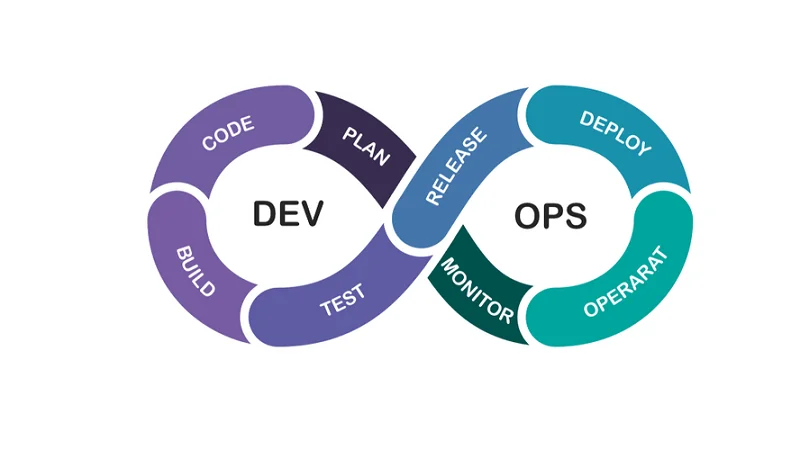Users are often sceptical of memory-intensive apps on their devices and choose to save memory instead. Ultimately, they drop the idea of downloading the native version of the app. The PWAs are developed and designed as the website, but they do offer an application-like experience when reached out via mobile. Native apps have to go through the necessary approval process to be distributed on app stores like the Apple App Store and Google Play Store. Unlike PWA, which can easily go through Safari, google chrome, and other browsers.
If you’ve ever accessed Gmail through a browser, you were using a Gmail web app. This makes development and maintenance easier since you can build a single web app to work across multiple platforms. Most leading companies have already jumped on the PWA bandwagon offering the best of both.
Which map SDK is the best option for a mobile app?
Each of them fulfills a certain task and meets particular business requirements. One of the beauties of progressive web applications is that they can function both offline and on low-quality networks, thereby saving data and reducing internet data consumption. In low network connectivity scenarios, progressive web apps have proven to deliver to users its functionality. Progressive web apps (PWAs) are web-based applications that mimic the functionalities and UX of native mobile apps. To emulate this mobile app experience, PWAs leverage a number of technologies and languages, such as Polymer, React, Accelerated Mobile Pages (AMPs), and Ionic. From the non-tech app user’s perspective, the difference between a progressive web app and a native app is scarce, if not nonexistent.
This is a feature that gives it an edge over progressive web apps. Users can utilize other device functions even while on the app. They can interact with contacts, calendars, cameras, microphones, and so on. PWA sites can be discovered by search engines like Googlebot, unlike native apps. PWAs are still indexable and this may help to gain organic traffic and boost the rankings on SERPs.
Offline availability
This can restrict the functionality of the app compared to a native app. This blog aims to provide an overview of PWA vs. Native apps, including their fundamental differences, strengths, and weaknesses. progressive web apps pros and cons It also includes essential questions businesses should consider before building a digital solution. RN allows developers to work with third-party libraries to build robust applications.
As you can see, there’s no real difference between progressive web app and native app development in this regard. As an app owner, you’re probably asking yourself that very question. Rest assured, dear reader, we’ve thought about the matter long and hard. Our wealth of experience building both native and progressive web apps has given us valuable insight into this fractious debate.
If you’re looking for a reliable and experienced partner to help you with your mobile app development needs, contact us today. We would be honored to work with you and help bring your app to life. Our experienced professionals are dedicated to providing personalized guidance and support throughout the app development process.

However, if your app is primarily focused on content delivery or e-commerce, a PWA may provide a more streamlined user experience. While PWAs can be indexed by search engines, they don’t have the same level of visibility as native apps in app stores. In summary, PWAs offer several advantages over traditional web apps, including a more native-like experience, offline access, improved performance, and app-like interface.

Developers use HTML5 or Javascript to build a progressive web app. These high-level code technologies are not best for mobile app development. Consequently, devices are forced to work harder to interpret the code.
- To answer these and many other questions, let’s begin with an understanding of each of the three types of apps.
- Using native programming languages, frameworks, and APIs, native apps are optimized for the target platform, resulting in improved performance, reliability, and user experience.
- They leverage modern web capabilities like service workers, and web app manifests to deliver a seamless user experience.
- This article should help you determine whether you require a PWA software development company or a native app digital solution.
- So instead of building a Progressive Web App iOS and Progressive Web App Android, you can just build one app that will work across both and will also work across all devices.
- There is no need to publish app update into the store, you can update PWA directly over-the-air and all users will receive this update instantly.
This option is great for people with more money who need native functions like fingerprint authentication. The way that businesses communicate with customers has changed because of the smartphone. It is difficult to grow a business while ignoring the mobile opportunity. Mobile users are spending more time using their phones than ever before. Ericsson Mobility Report projects a 25% rise in mobile traffic between 2023 and 2025.
